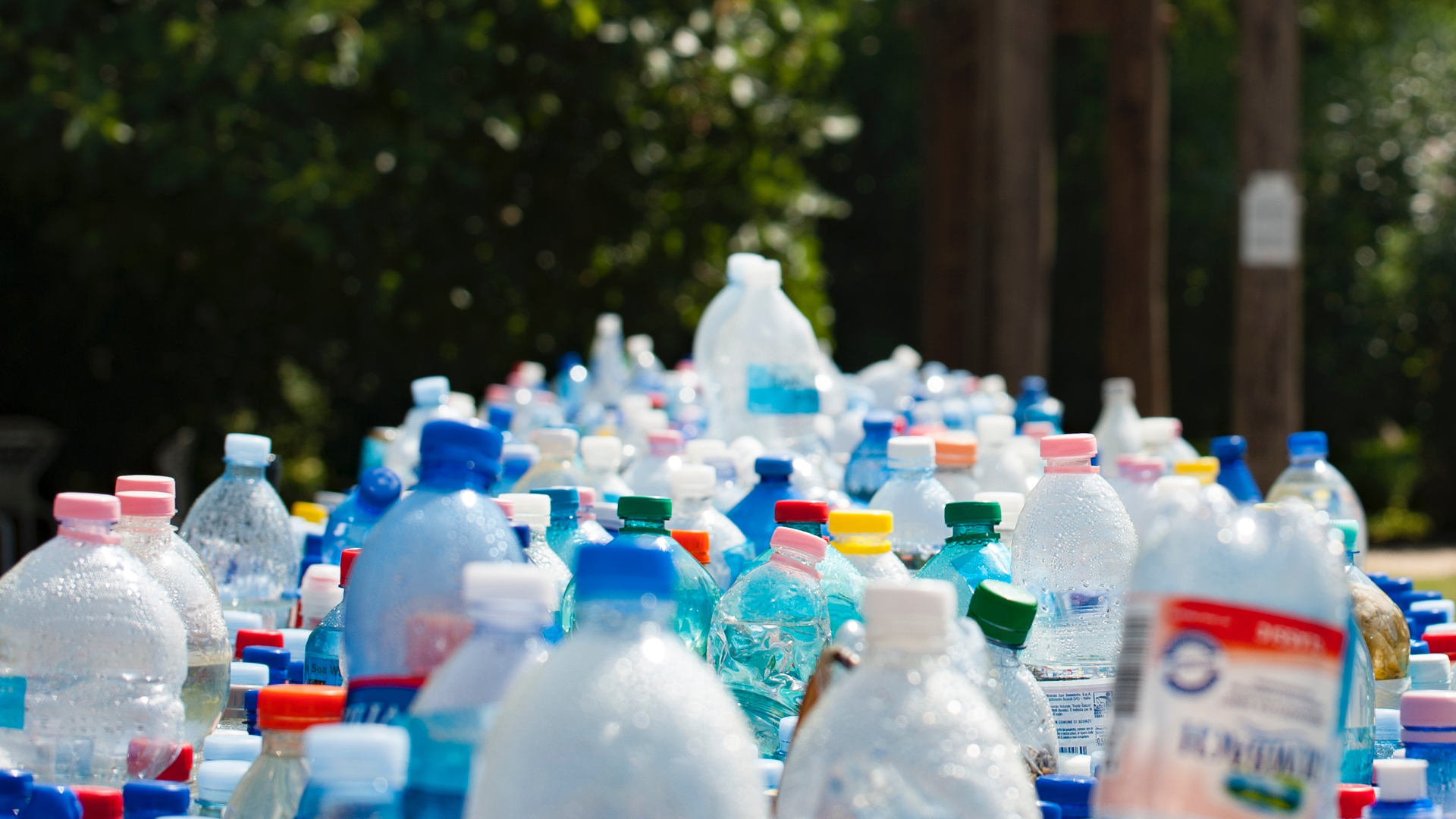The American plastics industry is being described by climate experts as ‘the new coal,’ as emerging reports show a release of 232 million tons of greenhouse gases per year.
By this stage you’re probably sick to the back teeth, like we are, of the daily doom scrolling through despondent climate stories. However, it’s important to underline the crucial issues we face in the build-up to COP26.
We wouldn’t want those with the power to actually change things falling into nihilism now, would we?
Expected to play a major role throughout the summit, the US – which sits second on the list of worst offending emitters – is once again under fire for its continued spike in greenhouse gases.
While positive rhetoric around the growth of renewable energies continues to spread across the pond, startling reports linked to plastic production are throwing such ‘progress’ into disrepute.
Specifically, new findings from the Bennington College’s Beyond Plastics project suggest that the nation’s plastic production is on track to release more emissions than coal-powered electricity before the end of the decade.
🎃#Halloween is coming…🐈⬛ But you know what's really scary? 👻The plastics industry is on track to surpass coal's #climatechange pollution ☠️in the U.S. by 2030. 🌍Learn more & urge our leaders to act to #turnofftheplastictap to avoid #climatecrisis 🔥: https://t.co/sl7sRe8COo pic.twitter.com/ValGP6pfXS
— Beyond Plastics (@PlasticsBeyond) October 22, 2021
Overall, plastic manufacturing is reported to be releasing 232 million tons of greenhouse gases every year, which is equivalent to around 116 coal-fired power plants.




















